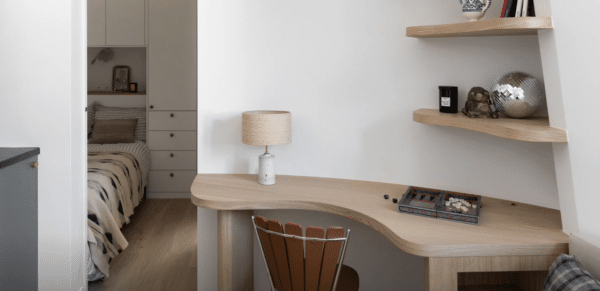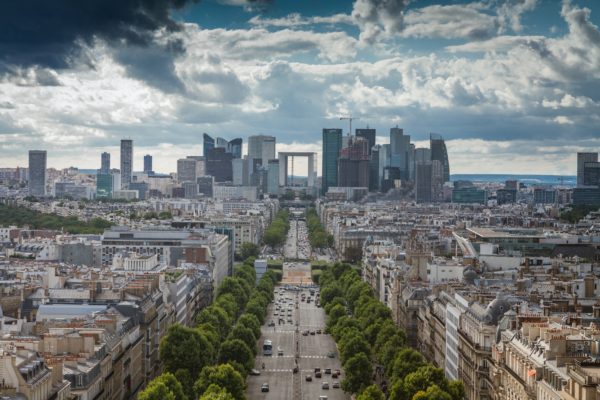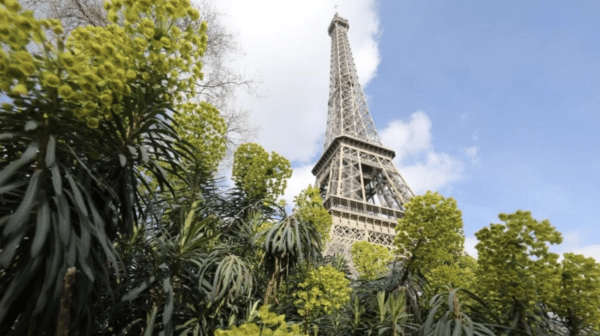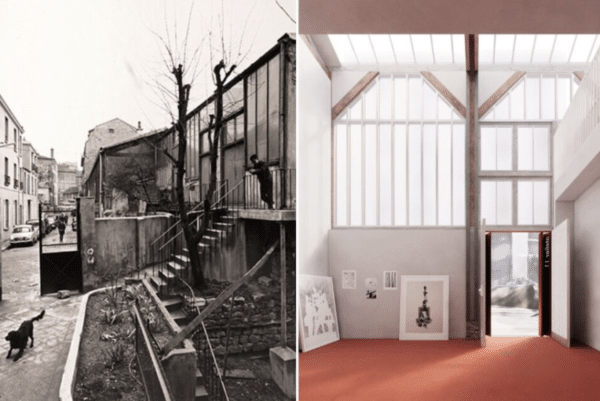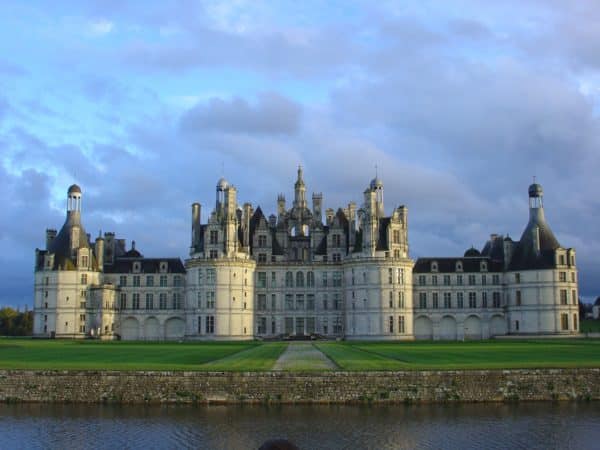Expert Insight, Breaking News, and Insider Stories on Real Estate in Paris
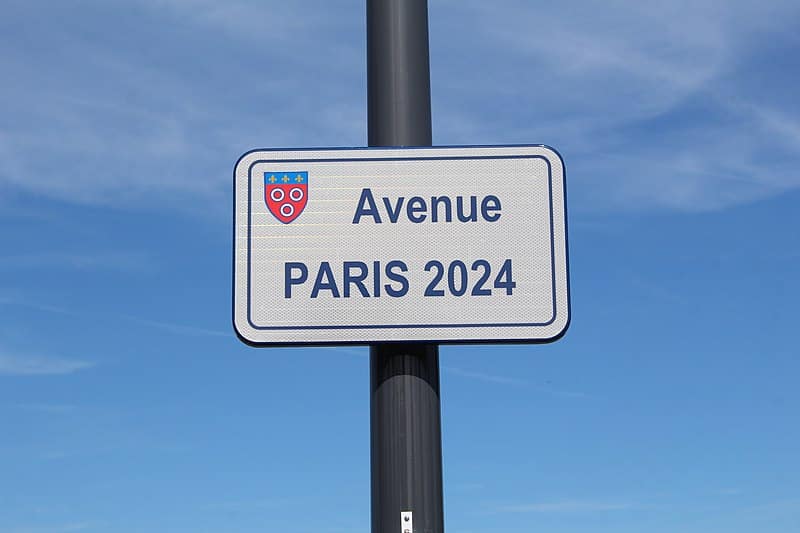
Paris’s 2024 Olympic Village: an entirely new neighborhood of Grand Paris
More than a sports facility, the future 2024 Olympic Village is a massive urban planning project benefitting Paris’s immediate northern suburbs. Read on for everything you need to know about the development.
Since the London Olympic Games, there has been a lot of concern regarding the sustainability of Olympic facilities after use. For the Paris 2024 Games, however, the logic has been reversed. The capital’s Olympic Village, which will soon be under construction, is considered first and foremost an urban development project, despite what the name suggests. Straddling three neighboring suburbs of Paris (Saint-Ouen, Saint-Denis, and Île-Saint-Denis) and 51 hectares, the area of future development has been thought of above all as a new neighborhood, playing host to Olympic and Paralympic athletes for a few months, before assuming its role as a real part of town.
“The final design, conceptualized by Dominique Perrault and La Fabrique, made quite the impression on all participants in the call for bids,” recalls Olivier Wigniolle, Managing Director of Icade, who won one of four lots to be developed. “The issue here was totally backward, since these plots of land had to be designed to fit in with the future city while at the same time being able to accommodate 3,000 athletes during the Games.” This explains why the different buildings in the future neighborhood are almost identical: Olympic Games authorities are very much in favor of equal accommodation for all participants.
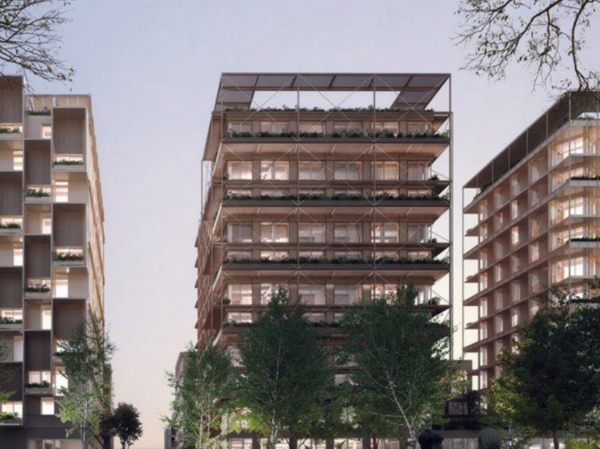
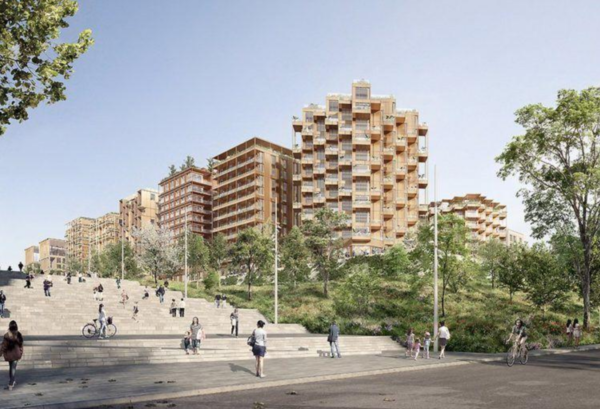
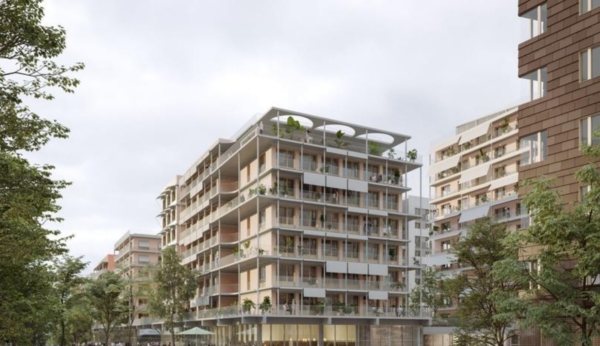
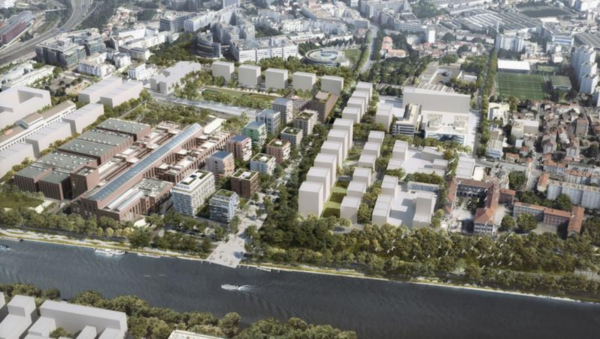
Meeting deadlines
Deadlines proved to be another major hurdle for both Caisse des Dépôts and its subsidiary Icade on one hand, as well as Nexity and Eiffage on the other. After the winner of the call for bids was awarded at the end of November last year, the promesses de vente were signed on December 18th and 20th. The land should thus be available at the end of the first quarter of this year, with construction beginning in the fourth quarter. Some clearing and even demolition will take place depending on the plot of land, as these areas house some 20 businesses and a residence for immigrant workers. “We’re planning on roughly two years of work with a contingency for bad weather, so we should be at about three years after all is said and done,” says Olivier Wigniolle.
Last but certainly not least, environmental sustainability is a major priority both for the village, which is to house more than 15,000 athletes and their companions, and for the neighborhood, which will accommodate 6,000 residents and just as many jobs. Both groups have relied heavily on wood to reduce carbon emissions, as well as green spaces, potted plants, and urban farms, not to mention renewable energy sources. Icade plans to use 4000 m3 of wood grown in French forests, with finishing taking place in the country as well. The lot will also include a “forest” of one hectare and decarbonated concrete will be laid instead of traditional concrete. 5 to 10% of the building materials used will be a product of recycling.
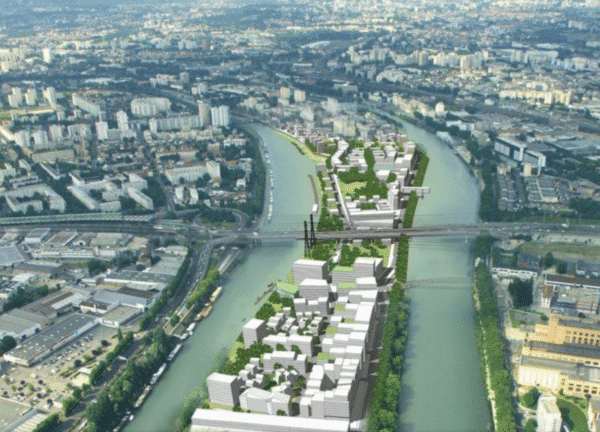
Four to six months of work at the end of the Games
The plots will be densely built, especially on the Seine side, where the view of the river is the most sought-after and therefore the easiest to monetize for developers. The buildings will range from 4 to more than 10 stories high. Out of the 652 units on Icade’s lot, only 245 will be put up for sale, while the rest will be managed by the group. These buildings will serve as social housing, a student residence, and office space (9,300 m²), with 3,000 m² of the unit open to the public. A Social Sport Club, in partnership with UCPA and Brahim Asloum, will be on site, as well as a coworking space and a dance studio.
At the end of the Games, it will take 4 to 6 months to prepare the premises for their permanent occupants. Many partitions will be recycled for future use, and excess elevator shafts and lift equipment will be reused elsewhere, as the Olympic Village will require more lifts than the planed homes and offices. The first units are expected to be up for sale in June 2025.
Investment by private builders amounts to 1.3 billion euros according to data from Solideo. In addition to this sum, nearly 450 million euros will be spent on developing the area, with nearly 300 million coming from state and local authorities and the rest stemming from land sales to developers.
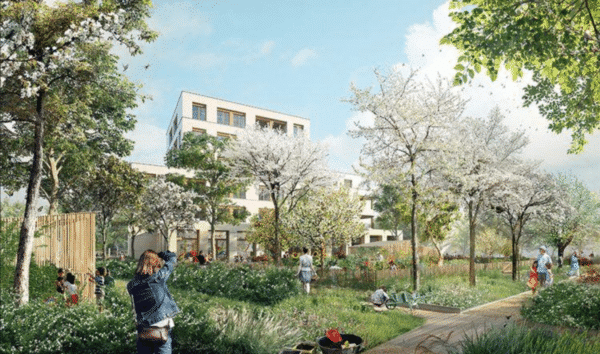
Source: Le village olympique, futur nouveau quartier du Grand Paris
Cover photo: Chabe01 [CC BY-SA]
Contact Paris Property Group to learn more about buying or selling property in Paris.


